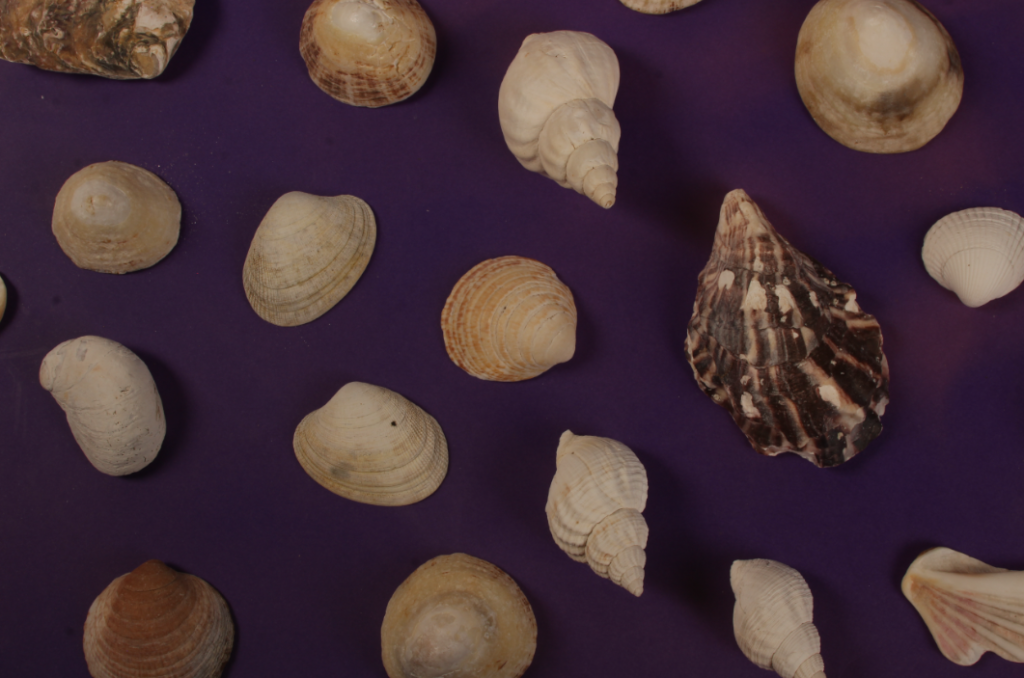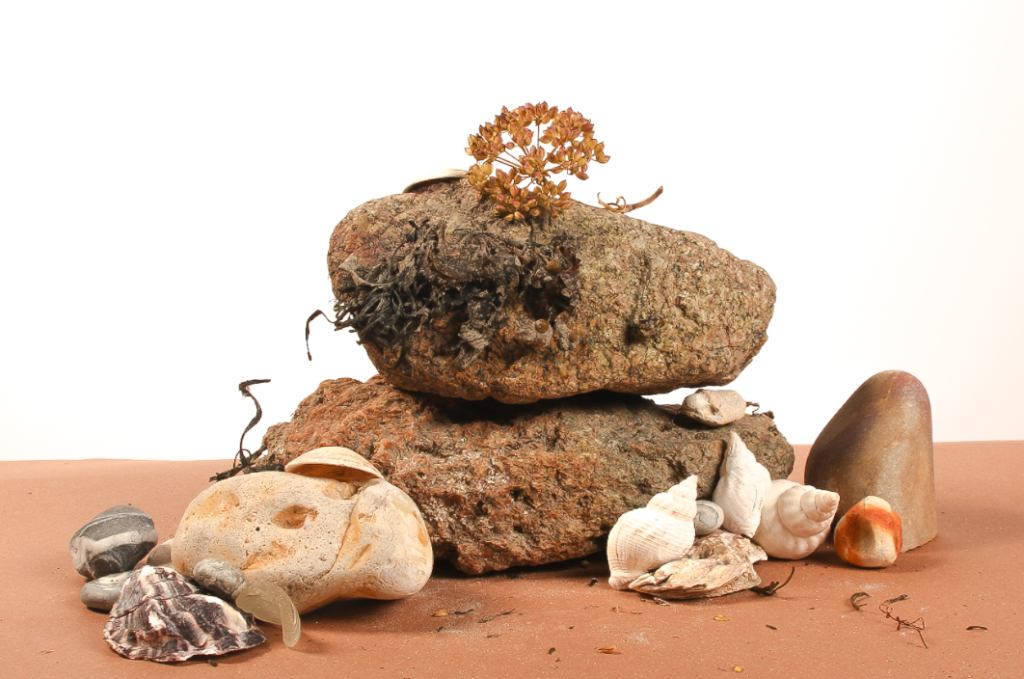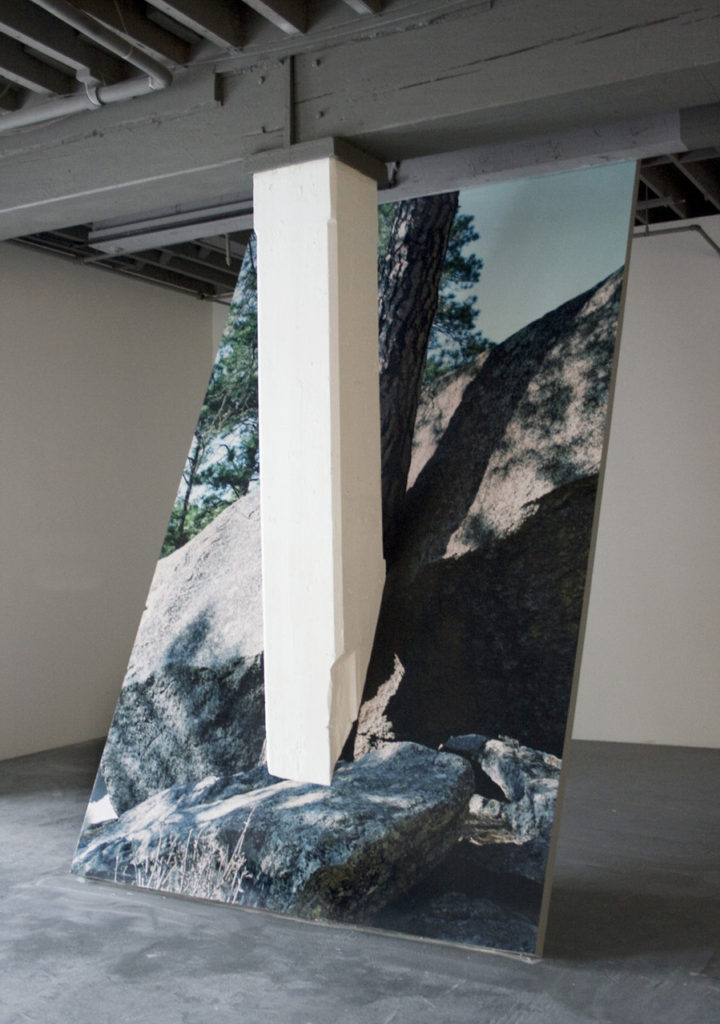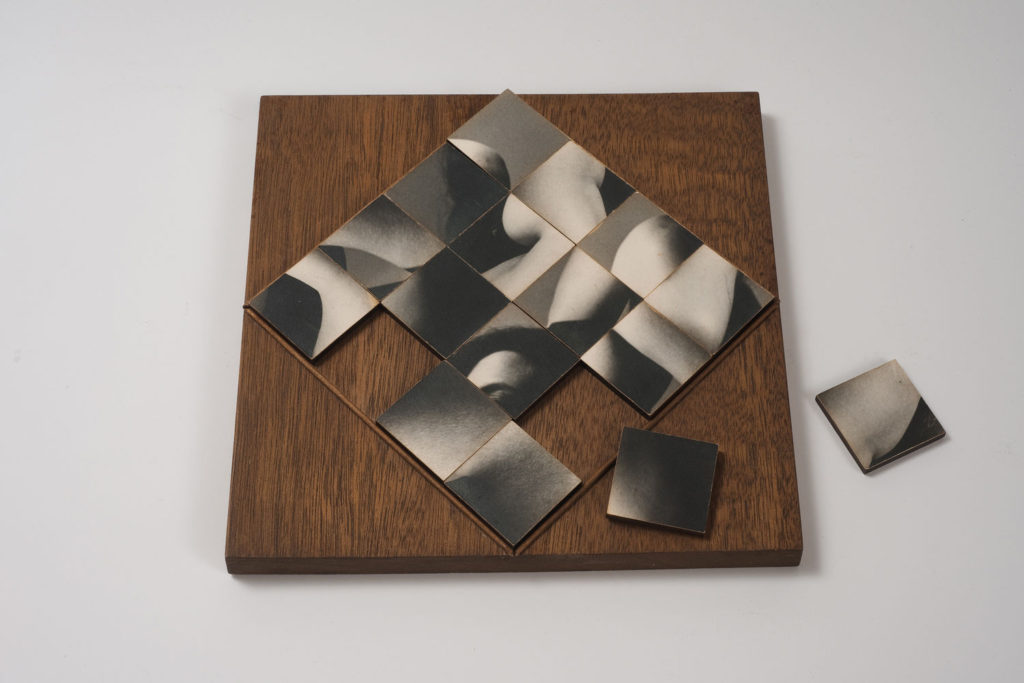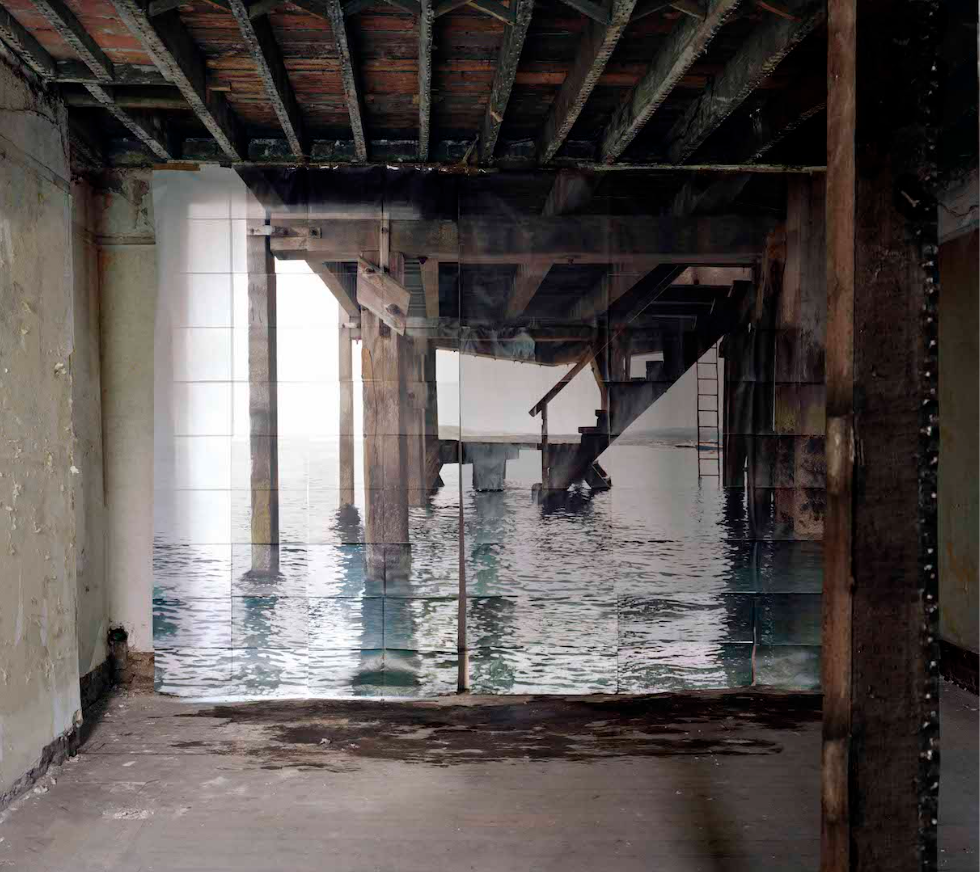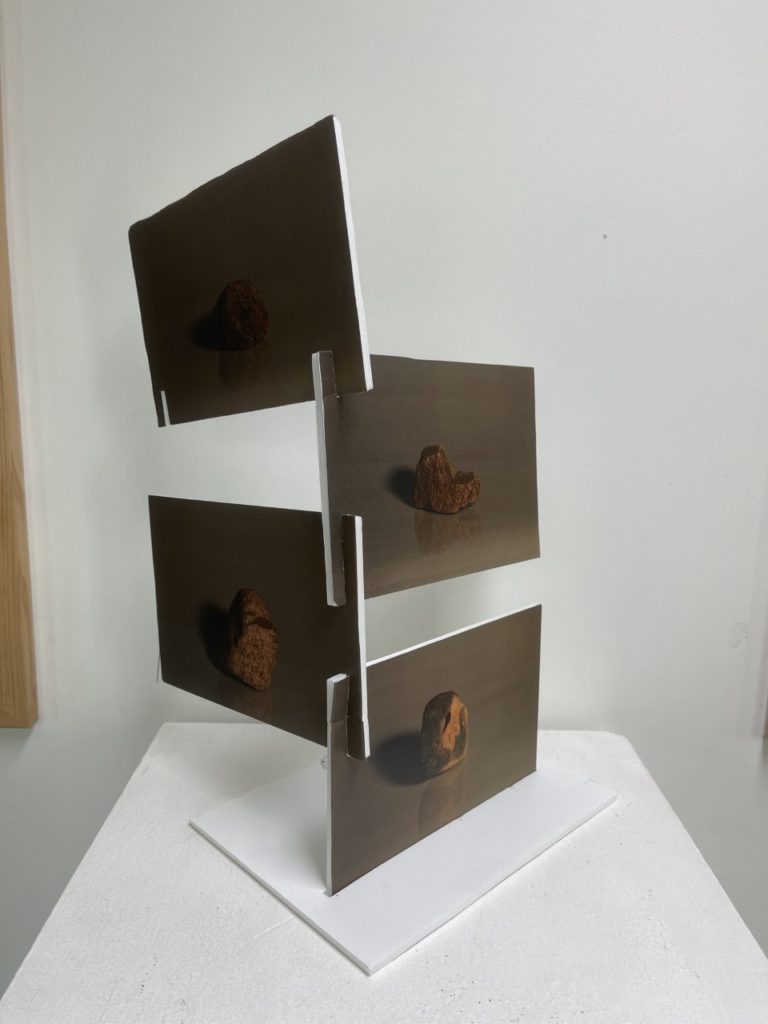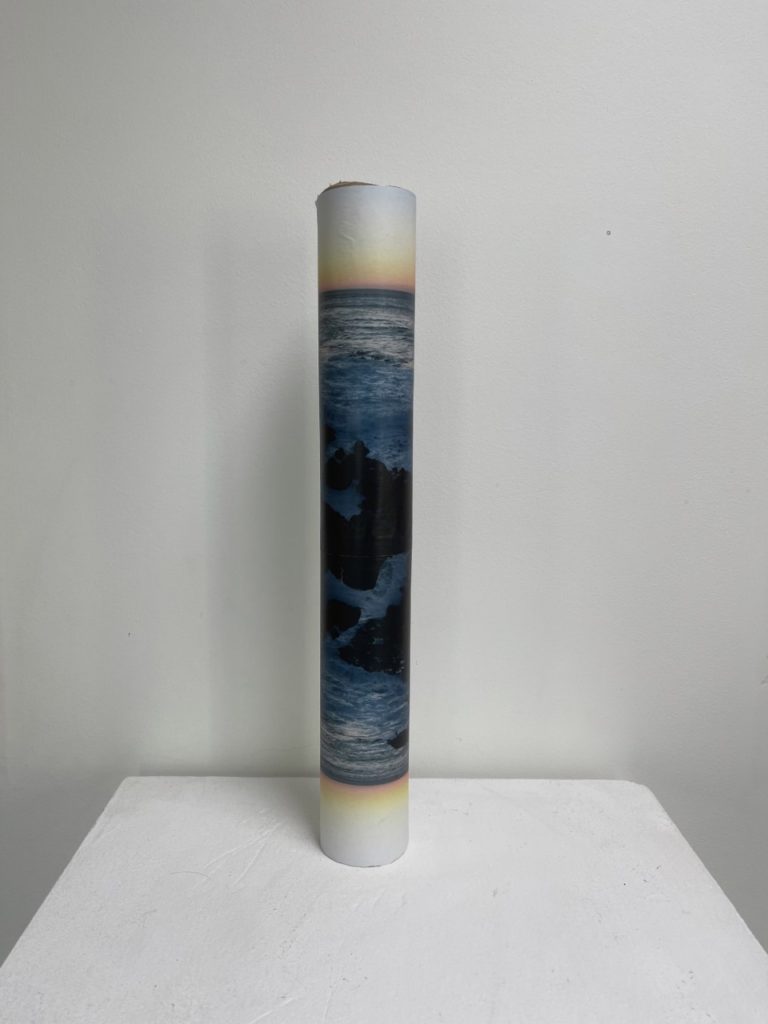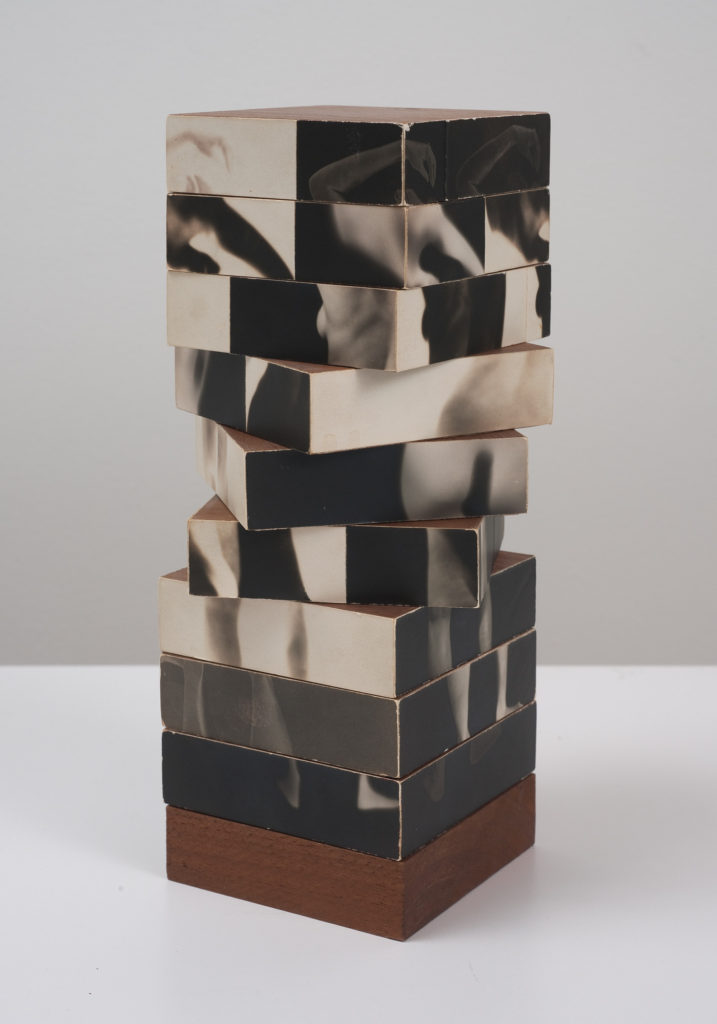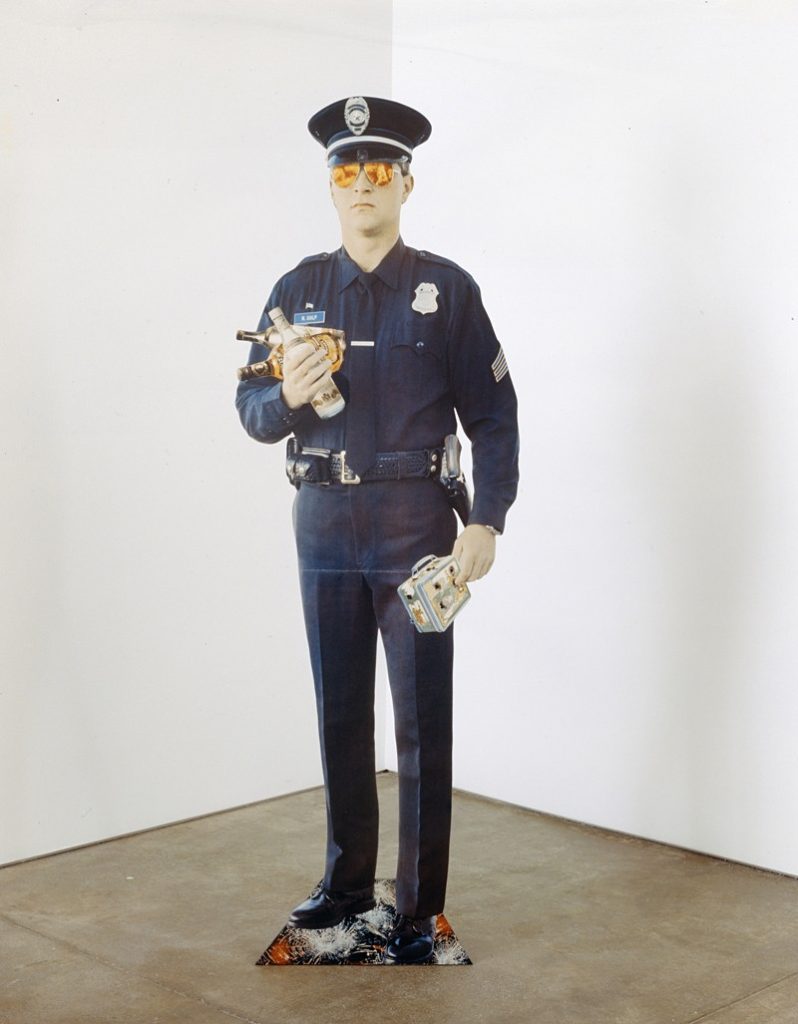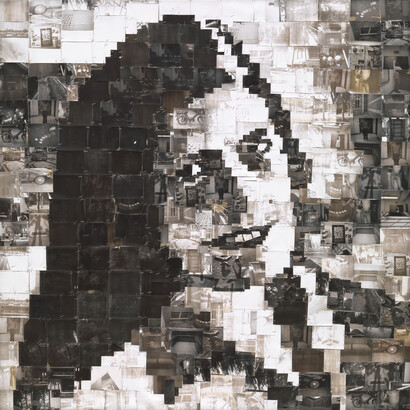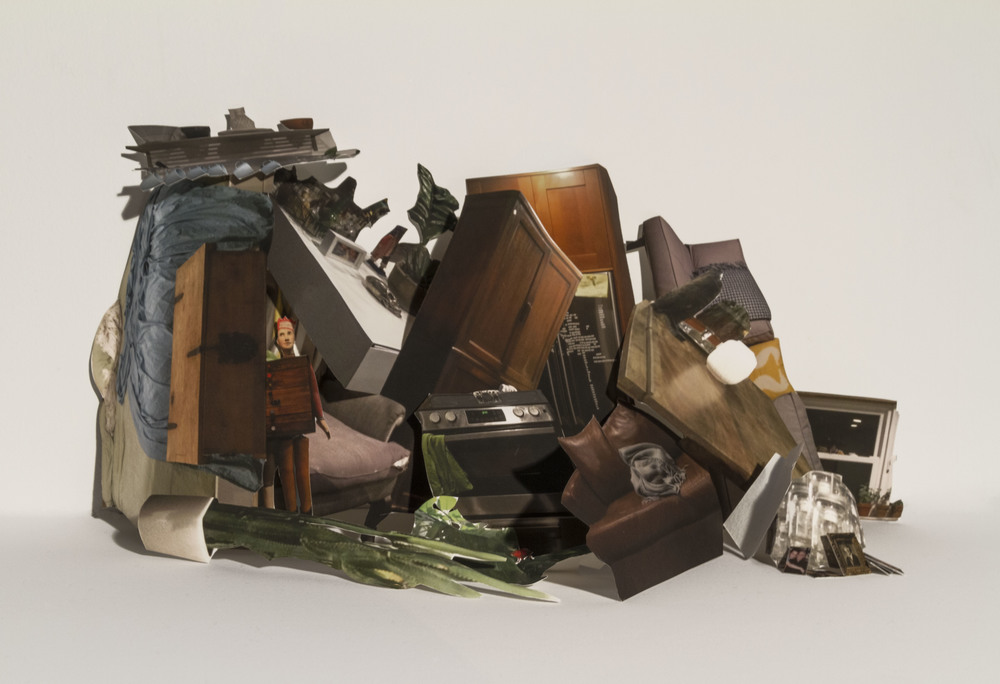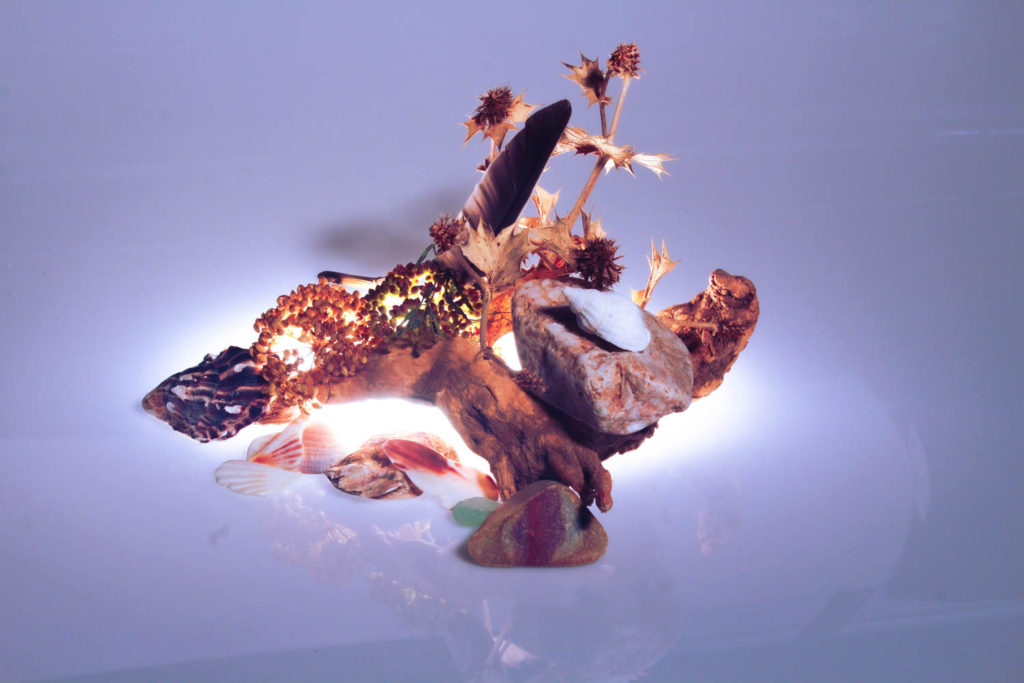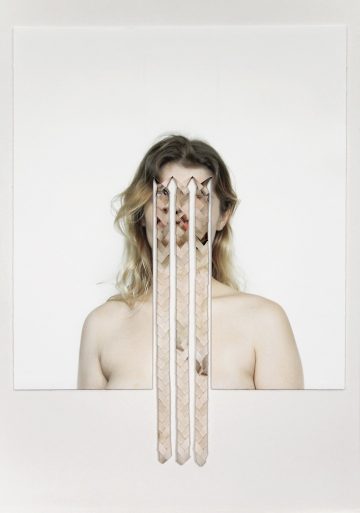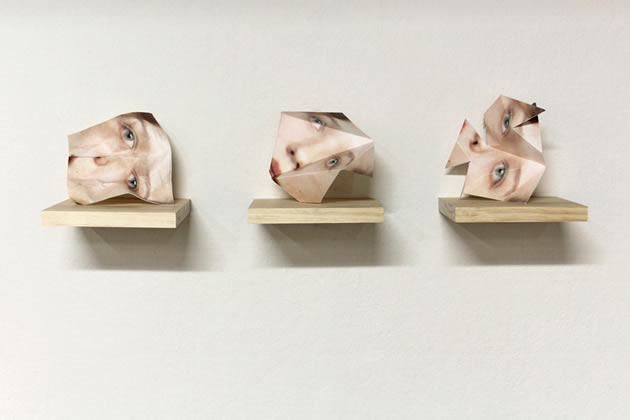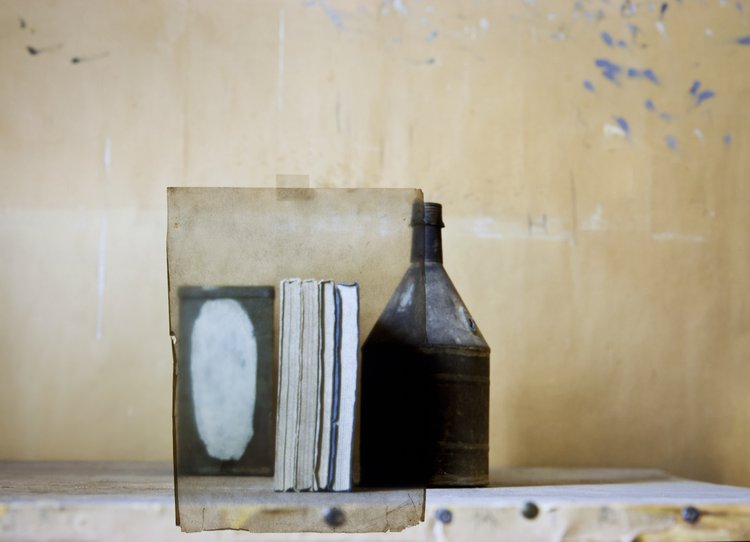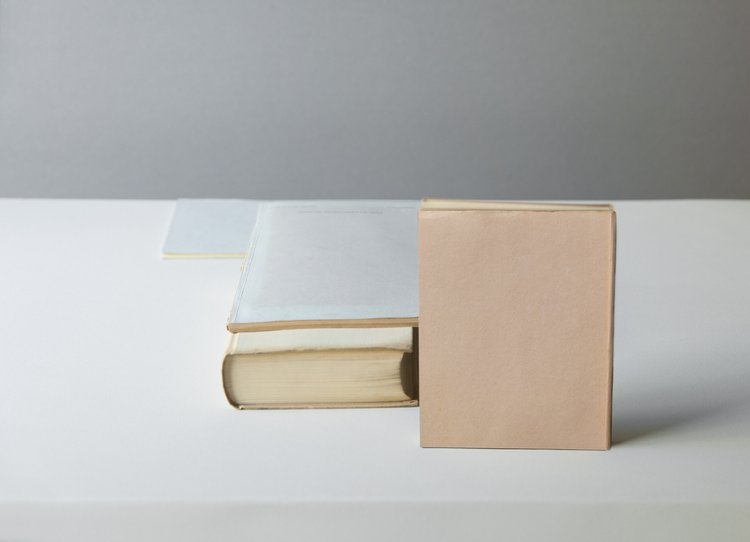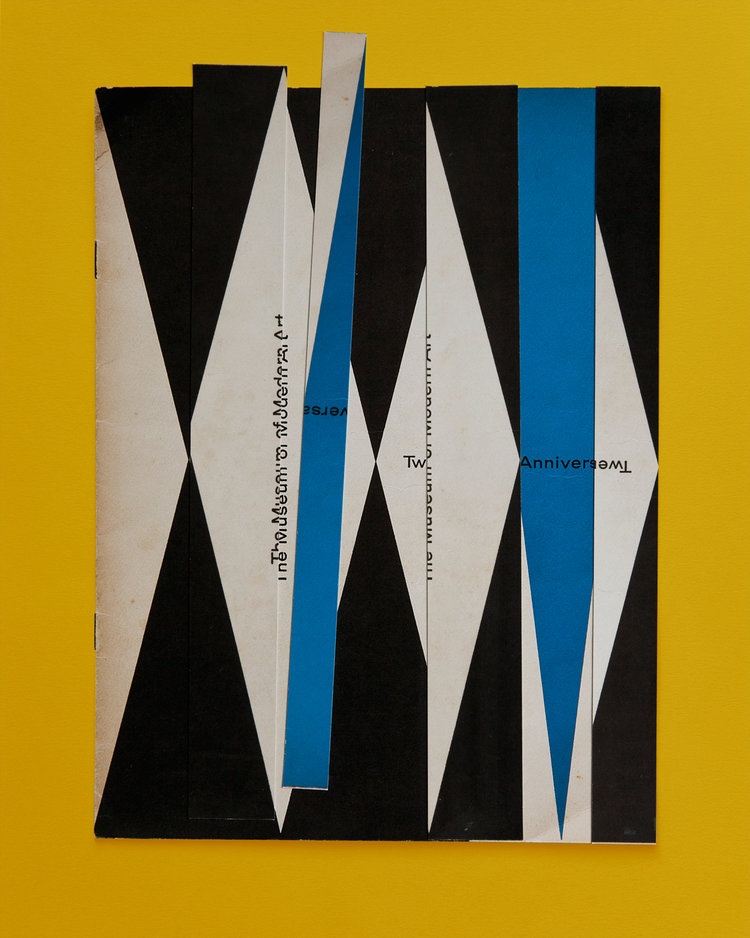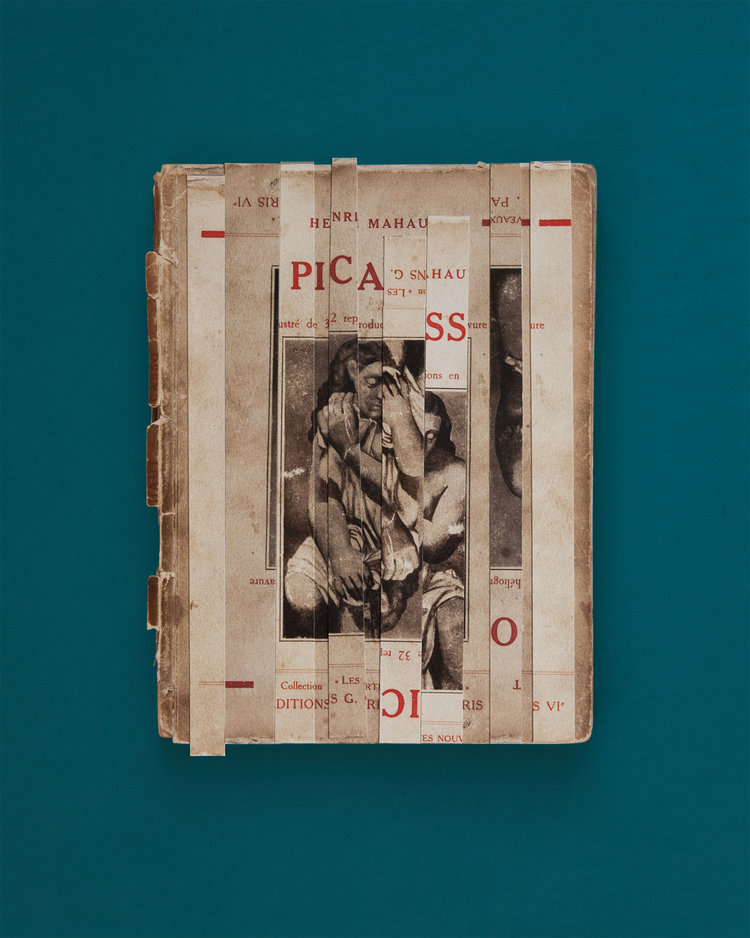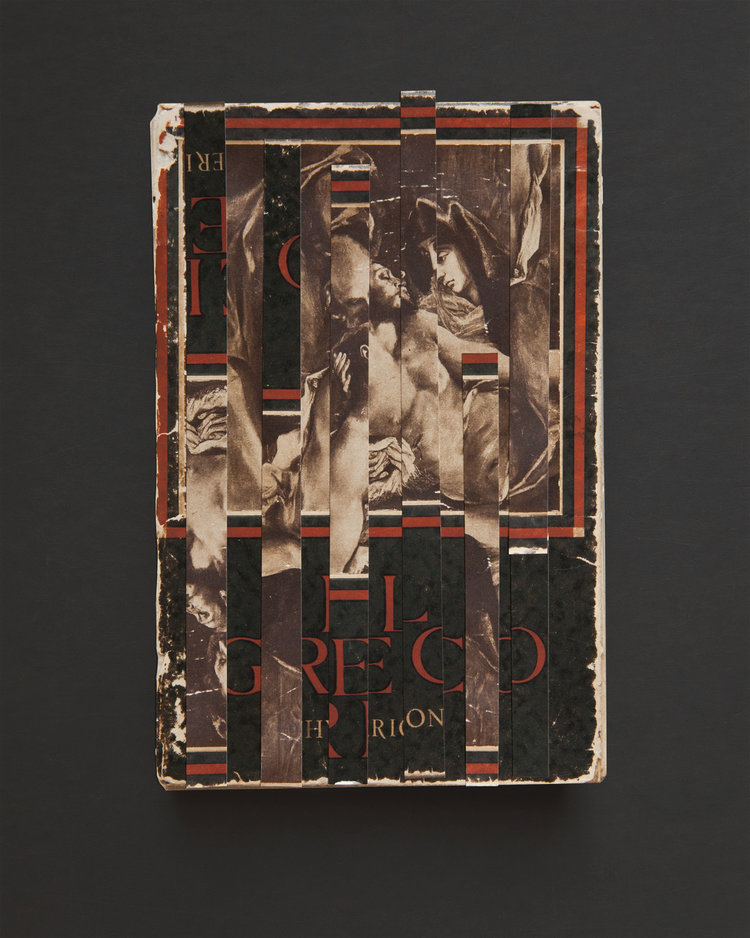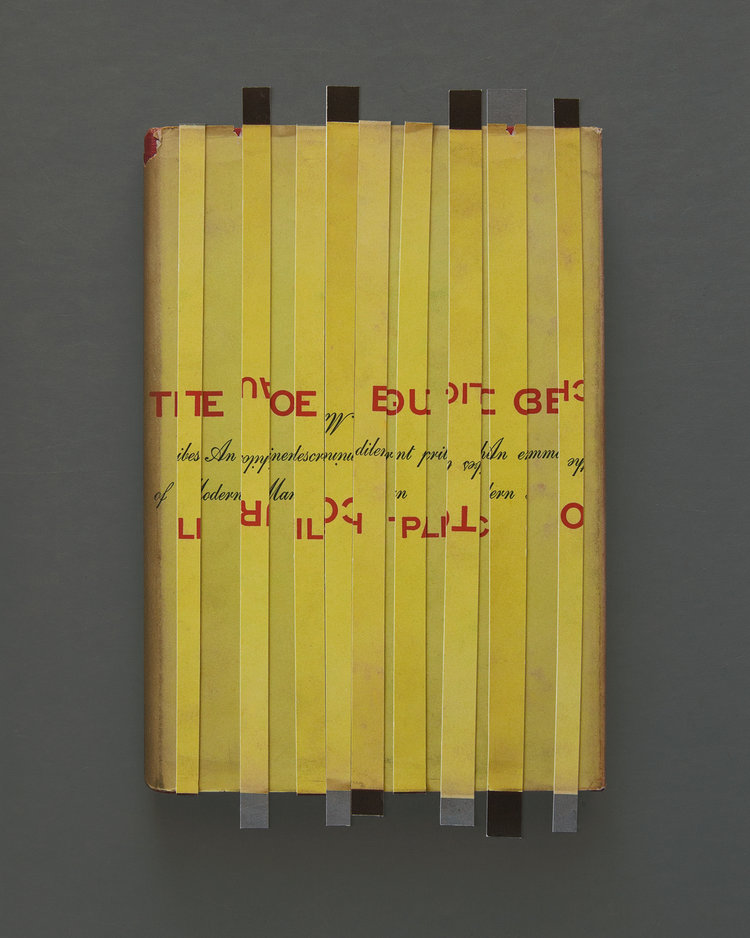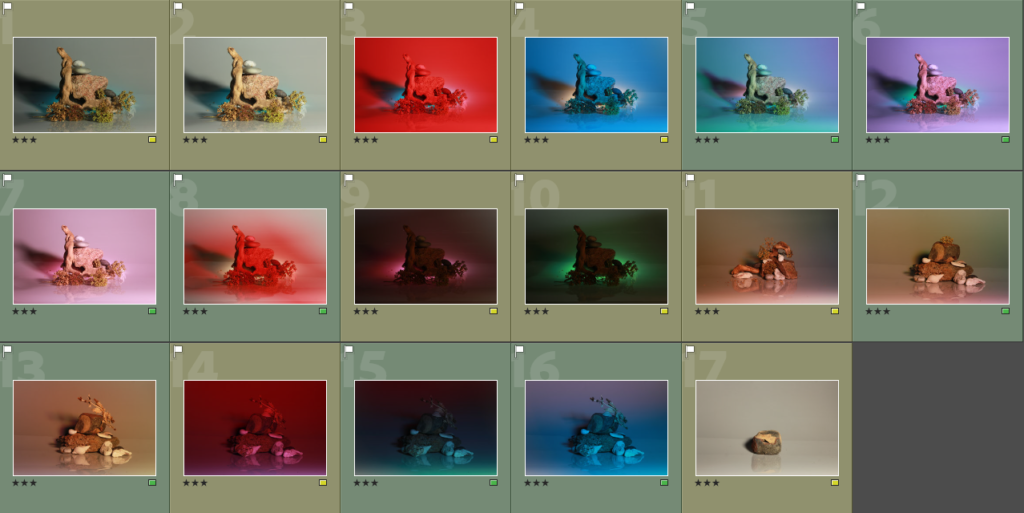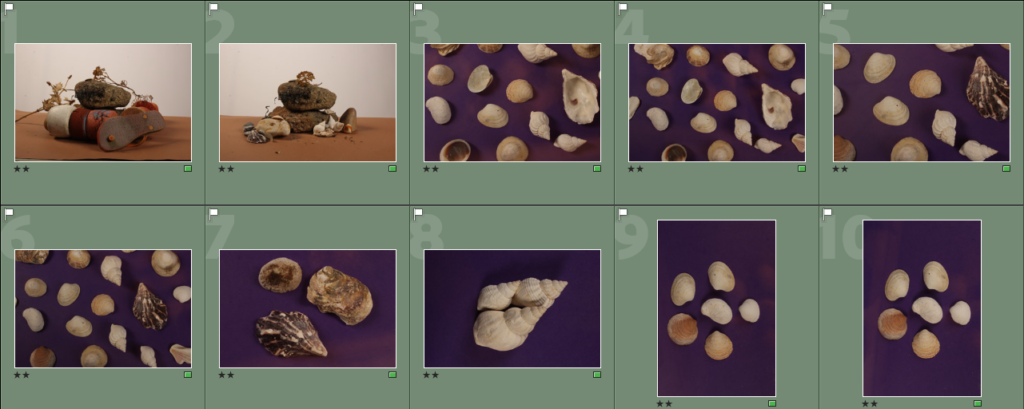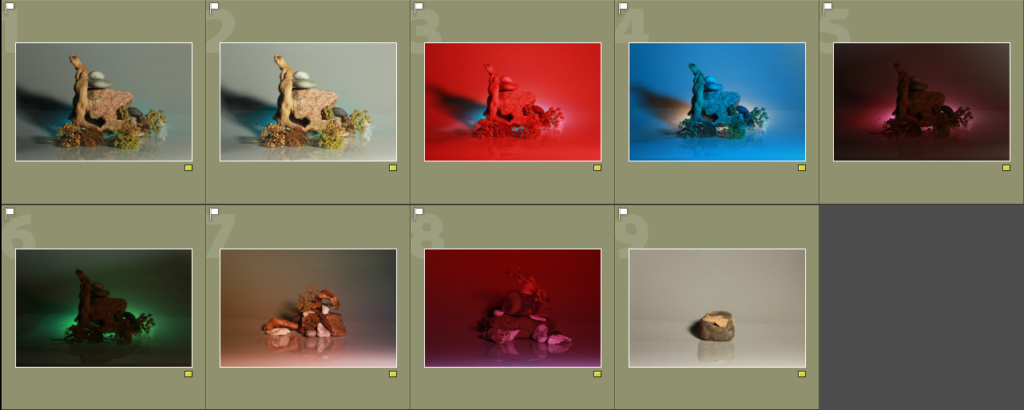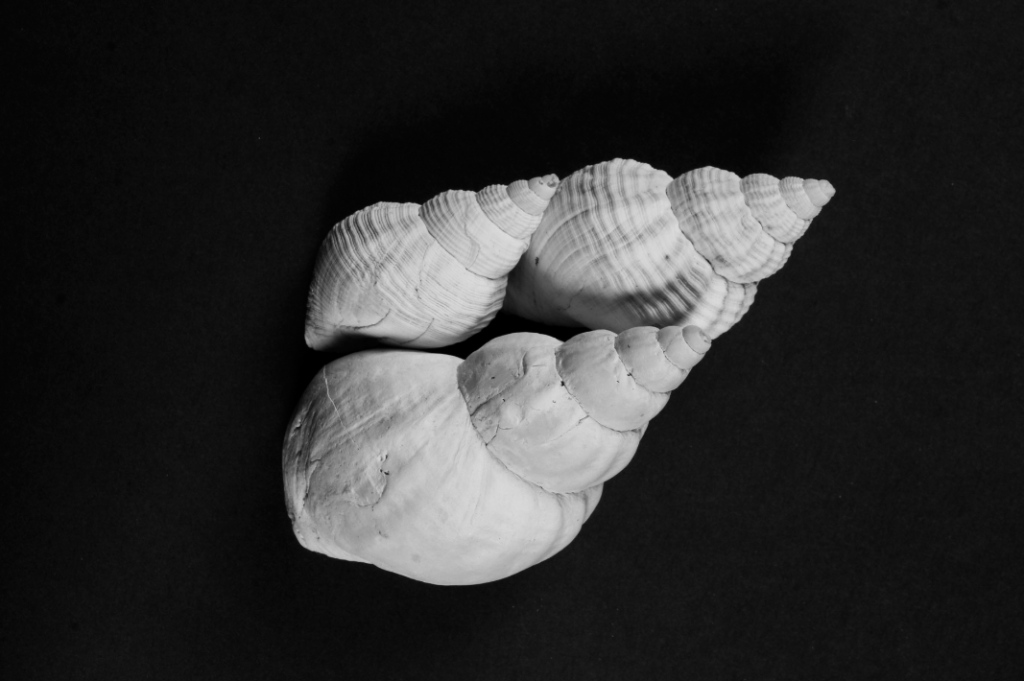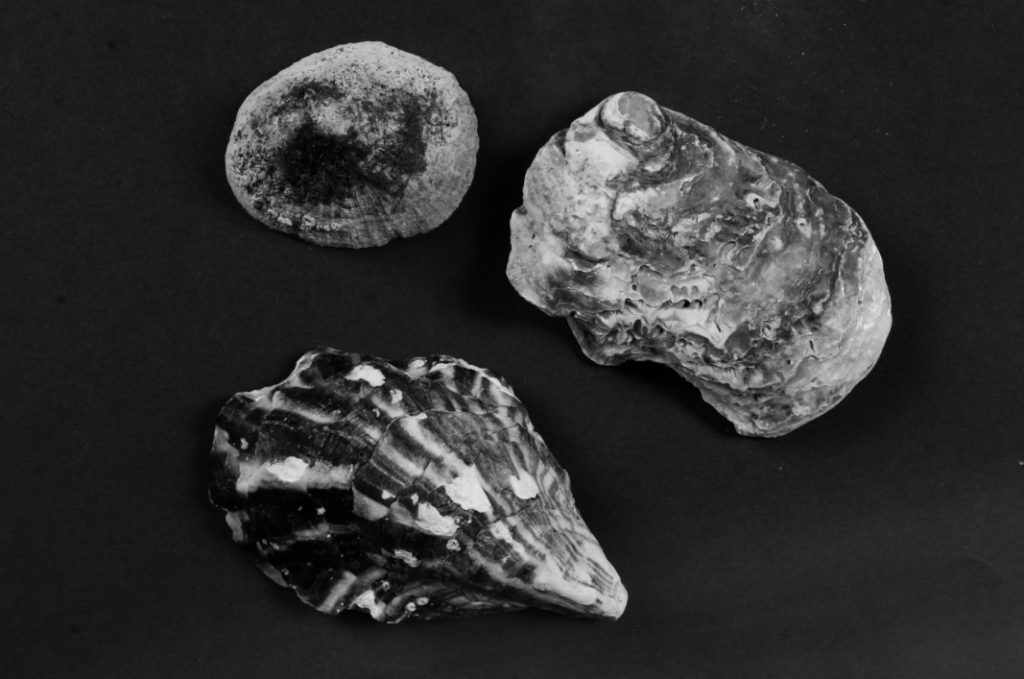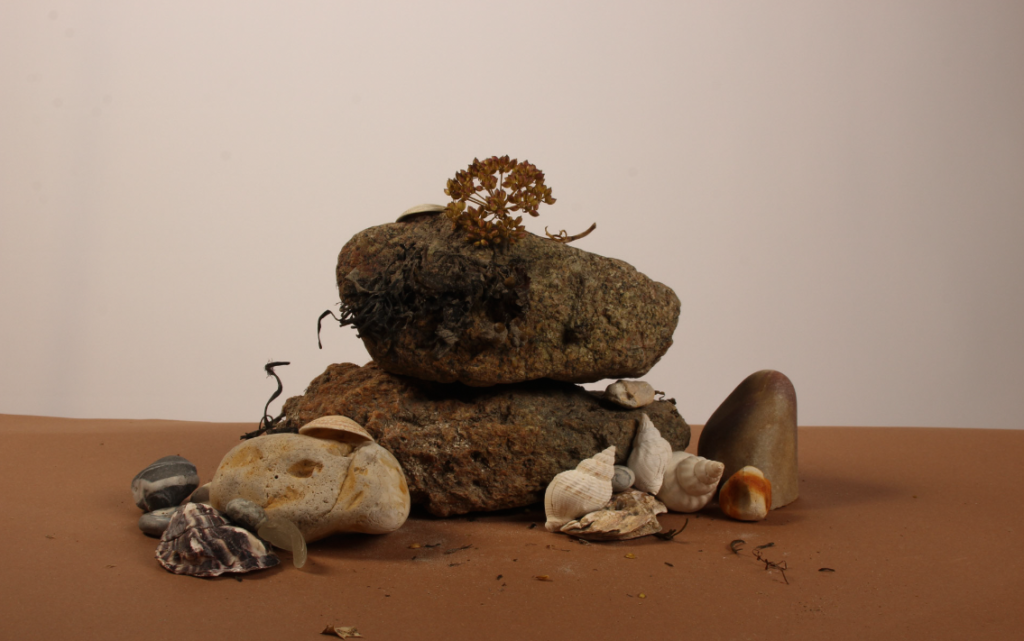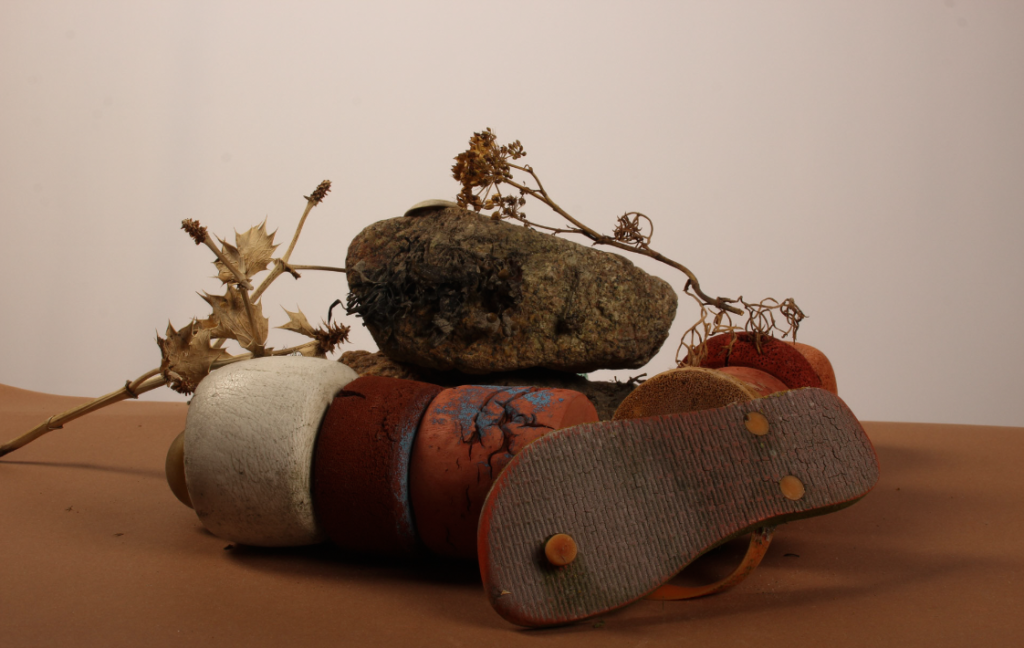We went down to the photography studio and took a variety of still life images of objects that relate to the ‘My Rock’ project such as rocks, shells, seaweed etc that could be combined with previous photoshoots later on. We used two different types of lighting [still lighting and flashead lighting] with different backgrounds in order to experiment with the intensity of the lights and accentuate the quality of each image along with pairing each object composition with a backdrop that would allow the details the emerge within the image.


Still Lighting:
When taking images with still lighting, we decided to move around our composition between photos, adding and removing objects so we could later decide which ones we preferred and which ones would be scrapped. Along with that, we experimented with holding coloured acrylic sheets in front of the camera lens, tinting our images a variety of saturated colours, and seeing how it affected how the photo looked and felt from a more meaningful perspective. Overall, I think our photoshoot was successful as we took a bunch of well lit photographs, however, I feel as though we could go back and take more still life photos of objects on their own.
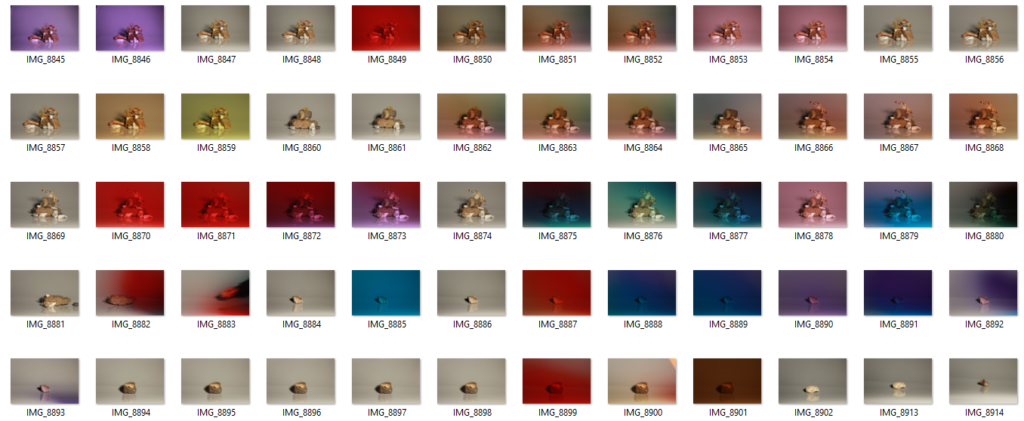
Some of my best shots:
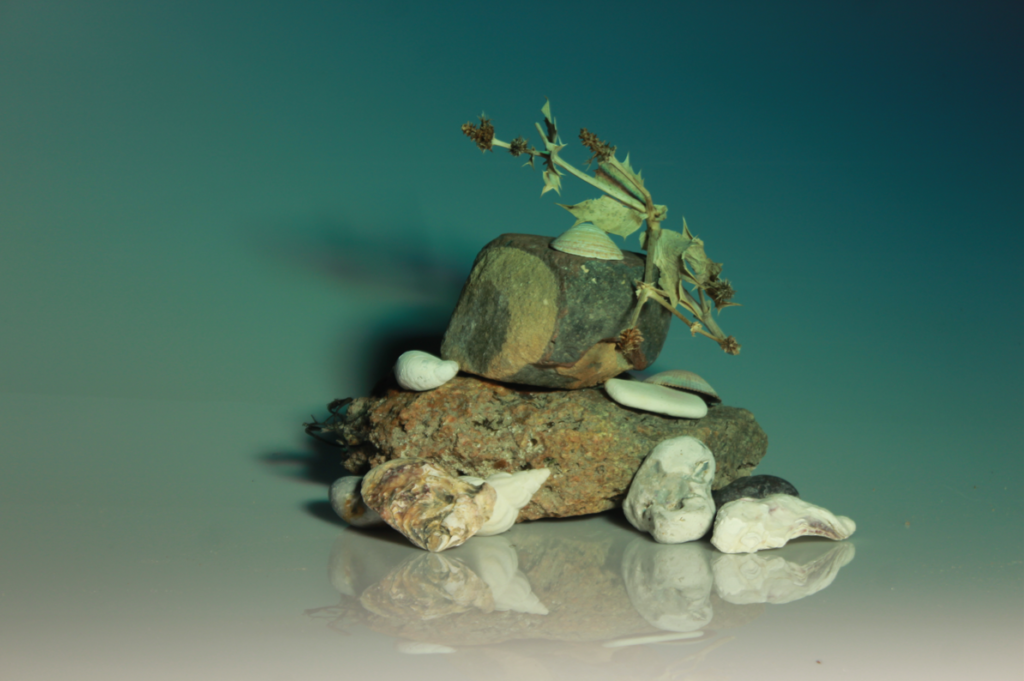

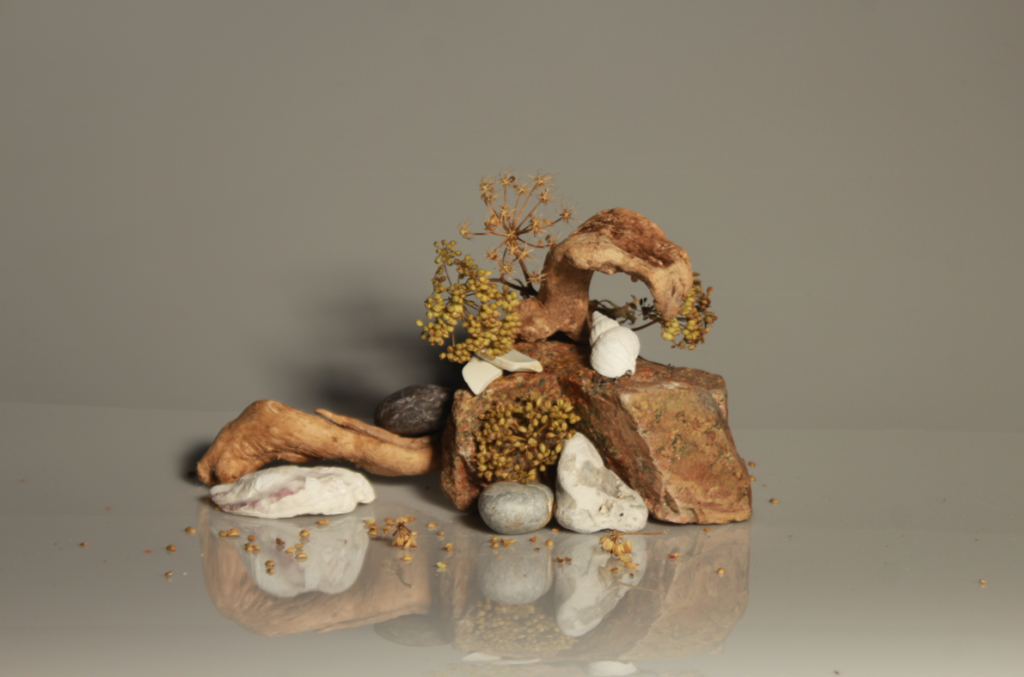
Flashead Lights:
When taking images using the flashead lights, we spent a lot of time getting our framing right as the backdrop was coloured paper and we wanted to make sure we didn’t get the table itself in frame which led to less photos being taken. We tried taking photos from different viewpoints [i.e: eyelevel and bird’s-eye] whilst trying to keep the lighting consistent which was a struggle due to the amount of shadows that would appear from all the objects. Overall, I think our images came out decent, however, I do think we could improve and could have a second photoshoot with the flashead lights.

Some of my best shots:
